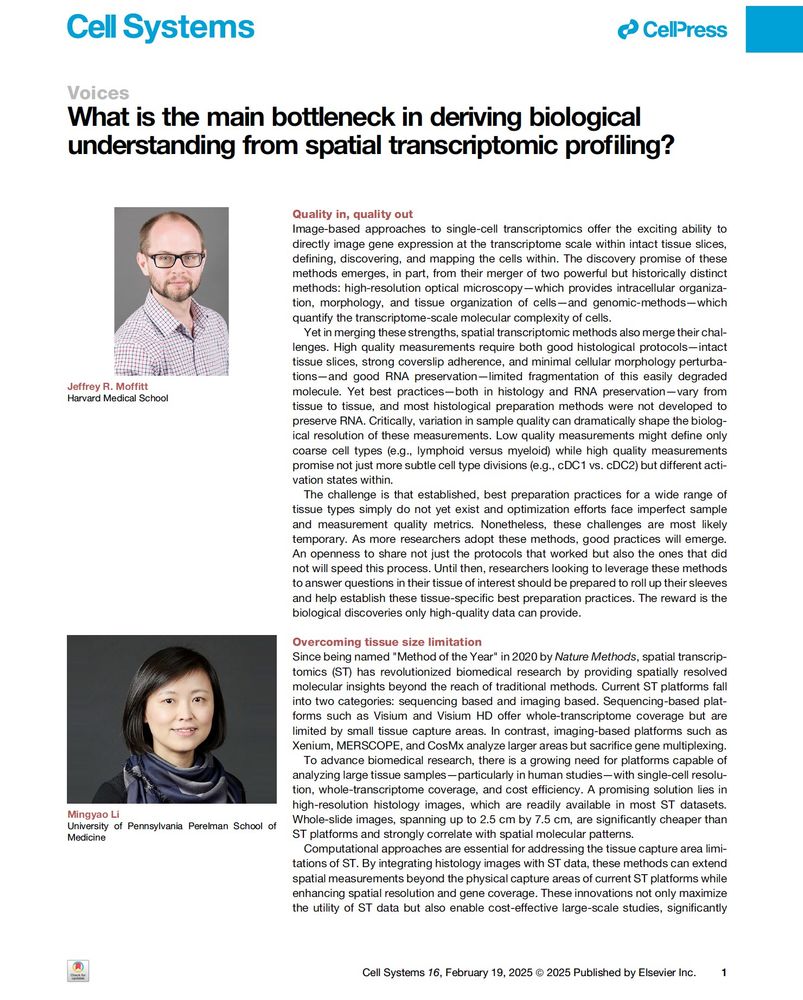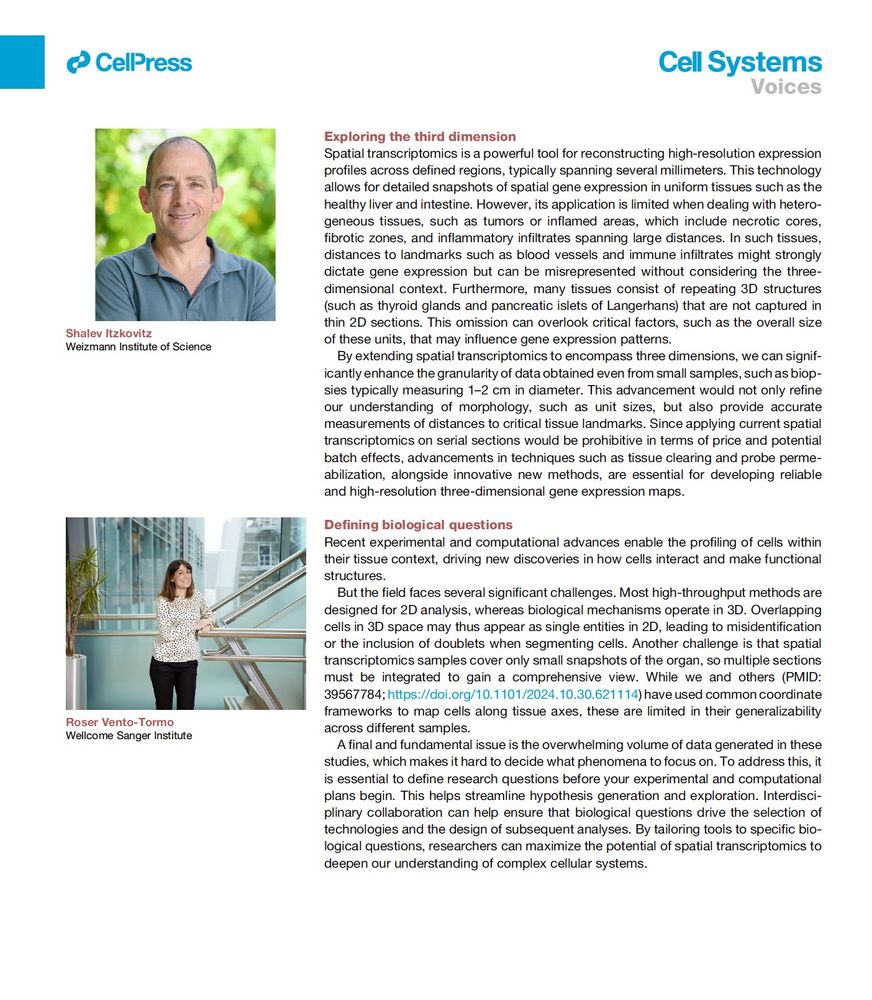




The cherry on top? We can identify colocalizing taxa and capture not just rRNA but also microbial genes!

The cherry on top? We can identify colocalizing taxa and capture not just rRNA but also microbial genes!
We observe high and diverse expression at villus tips, high % unspliced molecules near crypts, and high non-coding RNA percentages closer to the gut wall

We observe high and diverse expression at villus tips, high % unspliced molecules near crypts, and high non-coding RNA percentages closer to the gut wall


Applying our method across murine gut sections, we observed up to a 100-fold enrichment in microbial RNA while preserving host gene expression.

Applying our method across murine gut sections, we observed up to a 100-fold enrichment in microbial RNA while preserving host gene expression.
, we combine a single enzymatic step of in situ polyadenylation with commercial spatial transcriptomics platforms—Visium and StereoSeq—to map host gene expression and microbiome in mouse gut tissue sections

, we combine a single enzymatic step of in situ polyadenylation with commercial spatial transcriptomics platforms—Visium and StereoSeq—to map host gene expression and microbiome in mouse gut tissue sections
Here we address these challenges.
Here we address these challenges.

